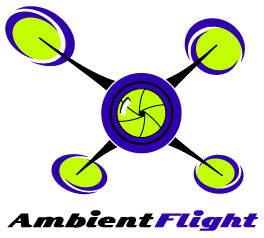

Around sunset I took the big hexacopter for a quick flight over the 7th hole at my home golf course today. The goal was to see if last night’s work on the pitch control of my Arris Zhaoyun gimbal was working. I set the pitch up to be controllable from horizontal to 90 degrees with the camera lens parallel to the ground, all from the remote. In the first image the camera is pointing straight down. On the following three it is around 45 degrees, give or take a few degrees.
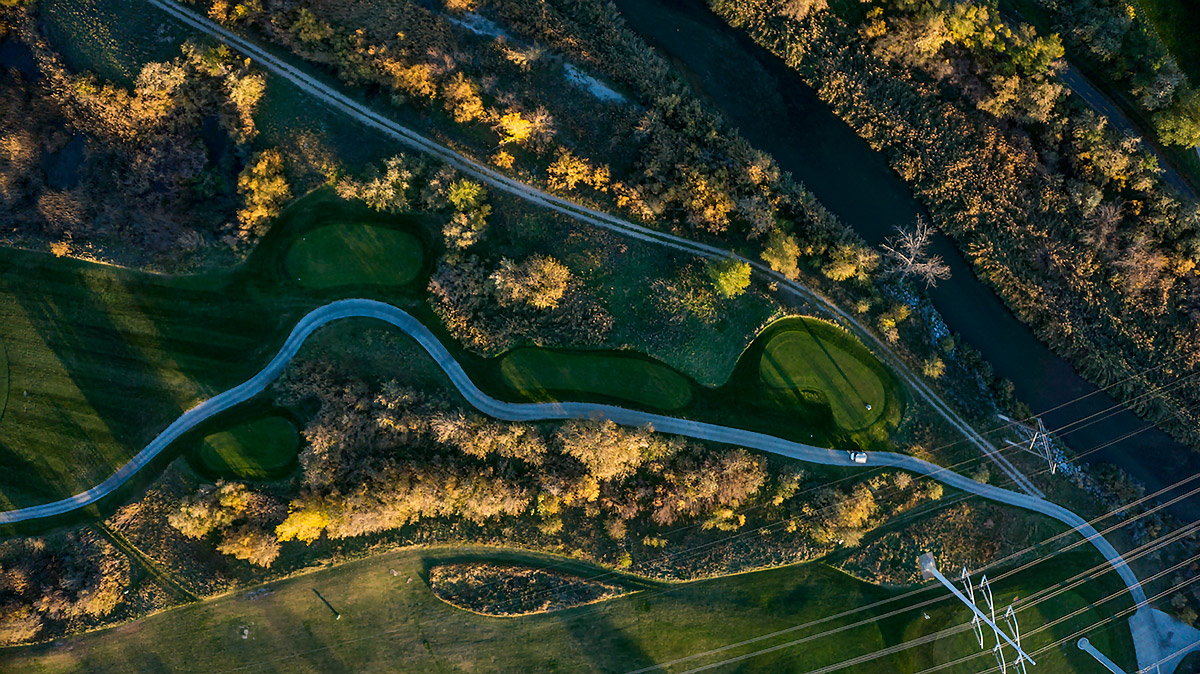
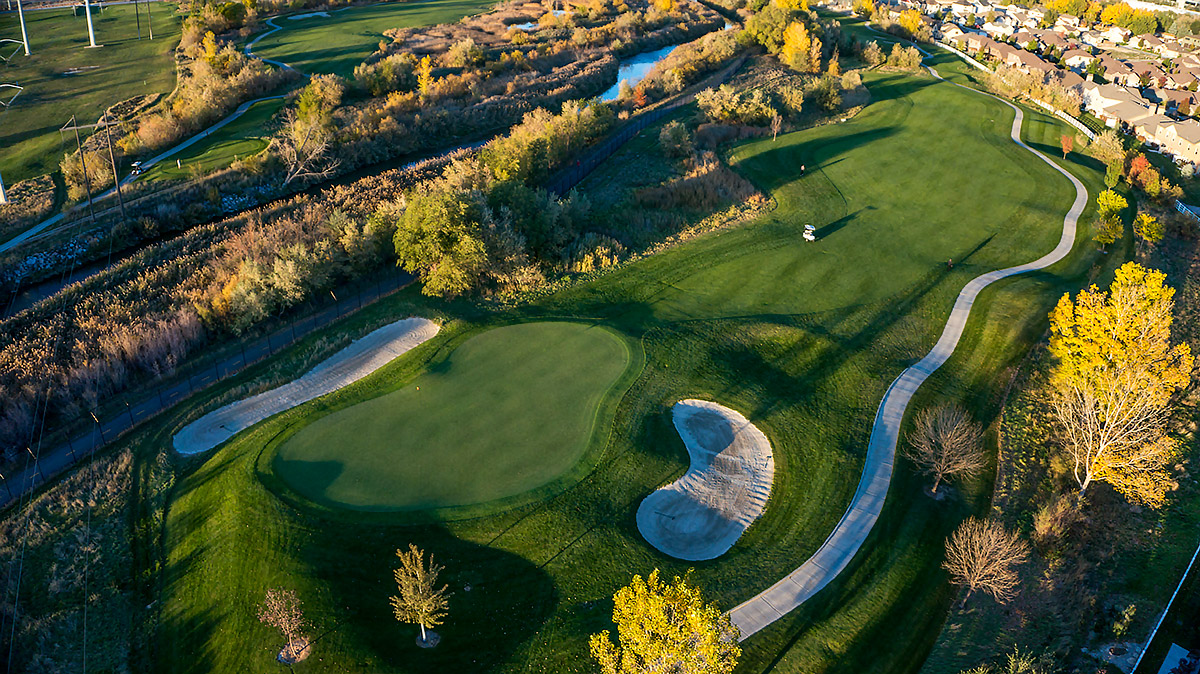
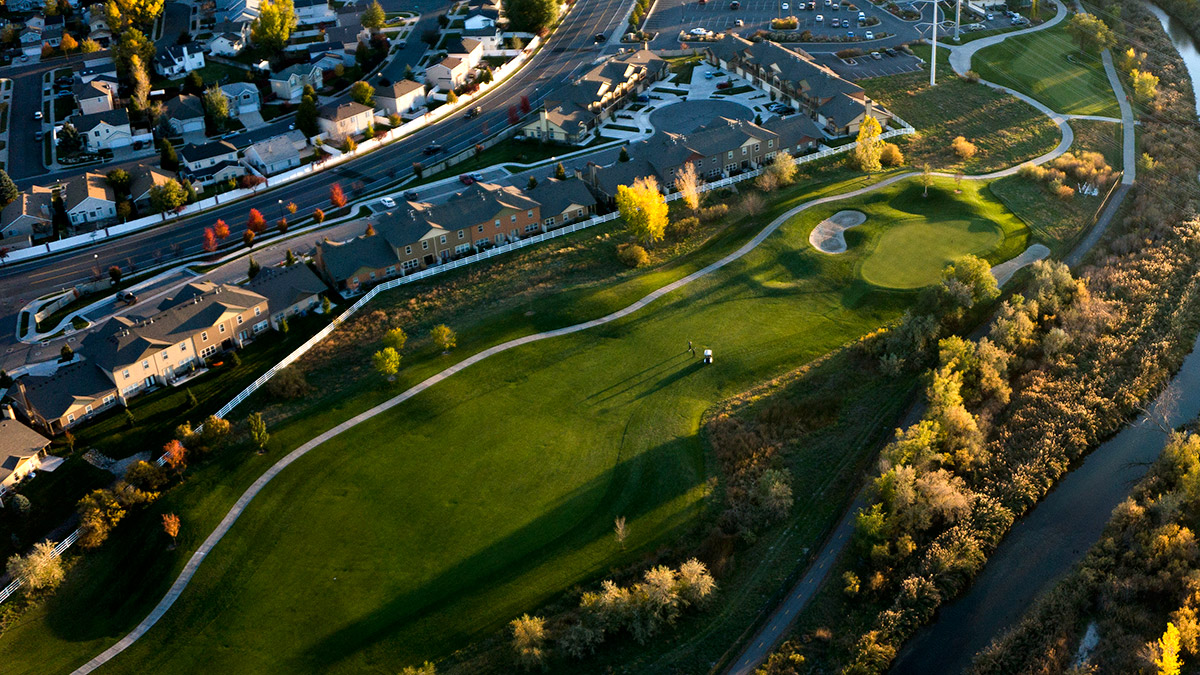
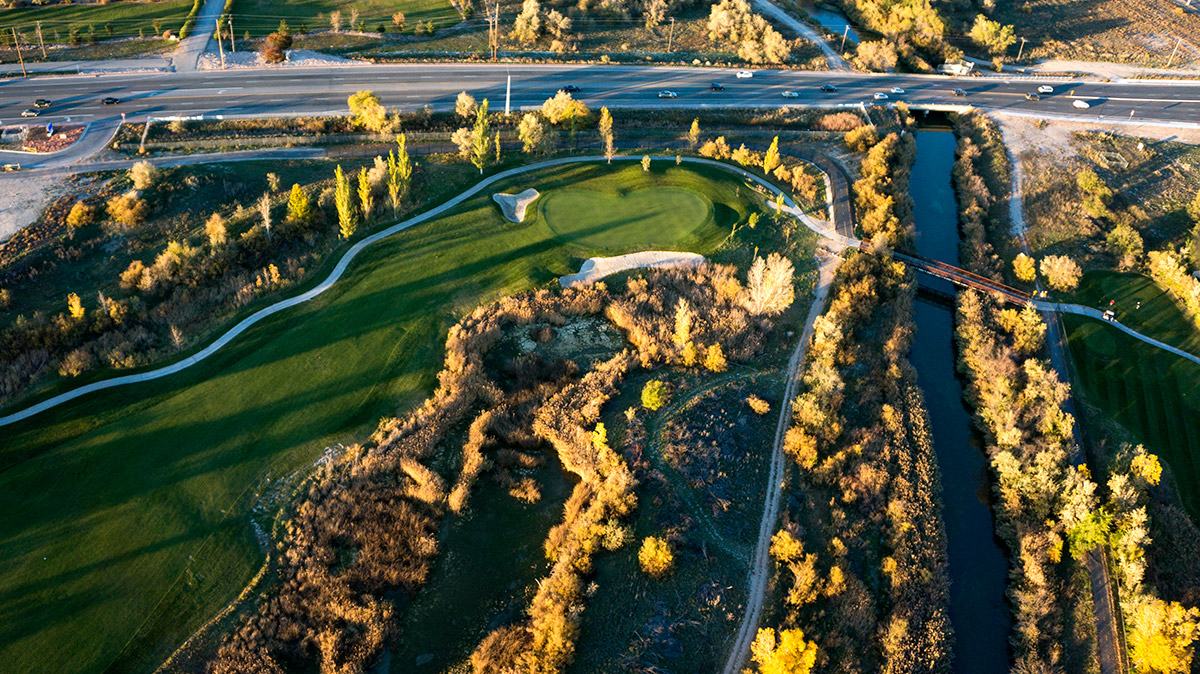 The tests went very well, as did some new camera settings. I’m still in the midst of finding the optimal camera settings.
The tests went very well, as did some new camera settings. I’m still in the midst of finding the optimal camera settings.
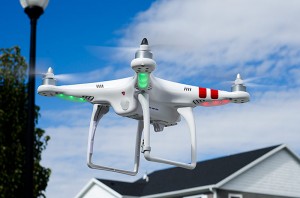 This is geeky beyond measure….
This is geeky beyond measure….
I’m in the “laboratory” getting ready for an aerial shoot tomorrow. My hexacopter is good to go, but in case I need another flight or backup I was getting my DJI Phantom ready to fly. I had just balanced some new props and was walking up the stairs when the doorbell rang. Quad in hand, I answered the door. It was a neighbor kid.
“My rocket is on your roof.”
He had launched a rocket from his yard and miscalculated the wind. The parachute was hanging off the edge of the roof and the rocket was on the roof. I told him I’d be happy to try taking the Phantom up there and seeing if I could get close enough for the wind from the props to blow the rocket down. He, his father, and three other neighbor kids thought that was a brilliant idea.
I was a little worried. I just spent a bunch of money on new props. I’d hate to break them AND leave the damn Phantom on the roof.
I piloted up to the roof and positioned the quad above the rocket. It was a bit breezy so I had to manipulate it a bit to keep it in position, despite being in GPS mode (that’s another discussion). I lowered to the point where the prop wash hit the rocket and voila! The rocket blew down and I was the hero of the neighborhood.
The neighbor kids raved how cool the Phantom was to which I said, “you should see the BIG bird!”
I then busted out the big hexacopter and did a neighborhood flight with a very attentive audience. They loved it, and I got a test flight in on the big bird after having to reset the gimbal settings.
I’m growing very tired of the rampant drone paranoia and I feel the need to debunk some drone myths. I hate to even use the word “drone,” because most people equate them with unmanned military aircraft which are used to spy on the enemy, or used as weapons. Most of us who fly what I prefer to call unmanned aerial vehicles (UAV’s), are not interested in spying on anyone. Many are hobbyists who love the challenge of building these vehicles and flying them. Others are professionals who use them for aerial imagery, mapping, thermography, real estate, fire prevention, search and rescue, or agriculture. I dove into this platform to shoot photos and videos of golf courses.
Fear
Most people fear what they don’t understand, and drones are not well understood. The natural reaction to these devices is negative.
#1 Camera Limitations / Wide Angle Lenses
One big paranoia is the “invasion of privacy” aspect. Sure, a “drone pilot” could fly an aircraft over the neighbor’s backyard or near the neighbor’s bedroom window and take photos or video. What most people do not realize about the cameras on most of these aircraft is that they’re equipped with very wide angle lenses. Think GoPro, a camera designed for action sports where the subject of the video is close to the camera, but the background is still in focus. In order to get a clear photo of someone in their backyard or their bedroom with such a camera, the aircraft would have to practically be up against the window. Even then the limited capabilities of the camera would make any photos or video extremely difficult to capture.
Forget zoom lenses. Almost no camera equipped UAV’s have zoom lenses because of the weight and vibration. Weight means lower flight time and more tweaking to the craft to keep it balanced. Vibration of the aircraft is magnified with bigger zoom lenses, making it nearly impossible to get a clear photo or video with a zoom lens.
I remember talking to a friend who hated drones. He said, “I hate those things. They’re an invasion of privacy. You could use that to see if I’m home.” This is such an uneducated statement. How could one tell if someone is home by taking a wide angle photo of the house? Take a look at the photo below and tell me which family is home and which one is at Disneyland.
There are better and less obtrusive ways of finding out if someone is home (so one could presumably rob them). First, one might KNOCK ON THE DOOR. If nobody answers, there’s probably nobody home! One could also check Facebook or social networks. Great posts like “the family just arrived for our vacation in the Bahamas” reads like “come rob us blind” to a crook with a computer. One might even use a telephone to call the residence. None of these three are-they-home solutions require buying a $1,500 remote control toy, plus $400 for a camera!
Here’s a better solution for catching photos or video and invading someone’s privacy. How about using a telescope? How about a DSLR camera with a powerful zoom lens? Perhaps some binoculars? All of these allow the “spy” to be fairly far away, hidden from view.
#2 Noise
These craft are not quiet by any means. UAV’s can be as loud as a weed whacker or lawnmower. My hexacopter is almost as loud as a gas powered riding lawn mower, plus it is airborne so the sound travels even farther!
Check out this video for an idea of the sound:
#3 Wind/Weather
Most of these small remote controlled aircraft are unstable in wind and can’t fly in bad weather. An unstable craft is not a great platform for a spy camera! It could be quite difficult to keep a UAV/drone airborne outside the neighbor lady’s window and in the perfect position to pick up any kind of photos or video with no wind at all. Mix in a small breeze and the “spy” would spend more time trying to line up the shot than his batteries would allow. See next list item.
#4 Short Flight Times
Most small aircraft like the drones we are talking about here have very limited ranges and limited flight time. These battery powered devices have flight times between 3-10 minutes on average, with a few able to make it 10-20 minutes. Both of my aircraft which have cameras on them range in flight time between 7 and 10 minutes. After that? I have to land and change batteries. Very efficient for spying!
The range on most of these craft is very limited, and much of the control is via “line of sight,” meaning the flyer has to see the craft to guide it. Some are equipped with more sophisticated FPV (first person view) equipment, but that equipment has its limits as well. So if the drone is blocked by buildings or too far from the person controlling it, the signal will be lost and possibly the craft. Very few flyers have aircraft which are capable of longer range flights, and/or flights in which their radio signals can pass through or around buildings or over a few hundred feet.
#6 (BONUS thanks to Anthony C. ) The Drone is Visible
The best spy is the one who can do his job without the target realizing it. The best spy is one who is not seen or heard. The noise of the drone makes it heard as mentioned in #2 above. Due to the need for relative close proximity to the target, the drone will be VISIBLE. Many drones are equipped with lights to allow the user to know which direction the craft is flying and indicate remaining battery life, GPS lock, and other things. These lights make the drone even more visible, especially at night.
Don’t Flatter Yourself
A neighbor saw me flying a small quadcopter (about 350mm wide) and was very irritated. She said to me, “that thing can steal phone conversations!” Despite my correcting her and telling her she should be more suspicious of her own government stealing her private conversations and information, she still believed my toy helicopter was recording her every word.
Assuming I had the technology to spy on her, what is to gain for a person like me to spy on this lady? She’s not a supermodel bathing naked in her backyard. She’s not rich. She doesn’t have top secret information I could sell to foreign governments. I have no interest in her, her private matters, her private parts, or her phone conversations. Most who fly remote controlled aircraft would say the same. They’re not interested in spying on people. Pilots are interested in the challenge of building, maintaining, and flying these aircraft. Many also like capturing great photos and fantastic videos of scenic things like waterfalls, mountains, golf courses, lakes, boats, sports… I could go on.
Conclusion
So IF a drone owner like me actually wanted to spy on a neighbor, which I do not, the cheapest spying drone setup is a $1,500-$2,000 loud craft which is hard to pilot (only in favorable weather) which would have to be right up against the window, or just a few feet from the target. It could only fly for 3-10 minutes before having to return for a battery change. Once the aircraft is in place and able to capture video/photos, the image is super-wide and doesn’t show much detail but for items within a few feet of the camera.
Sounds like a reasonable spying solution.